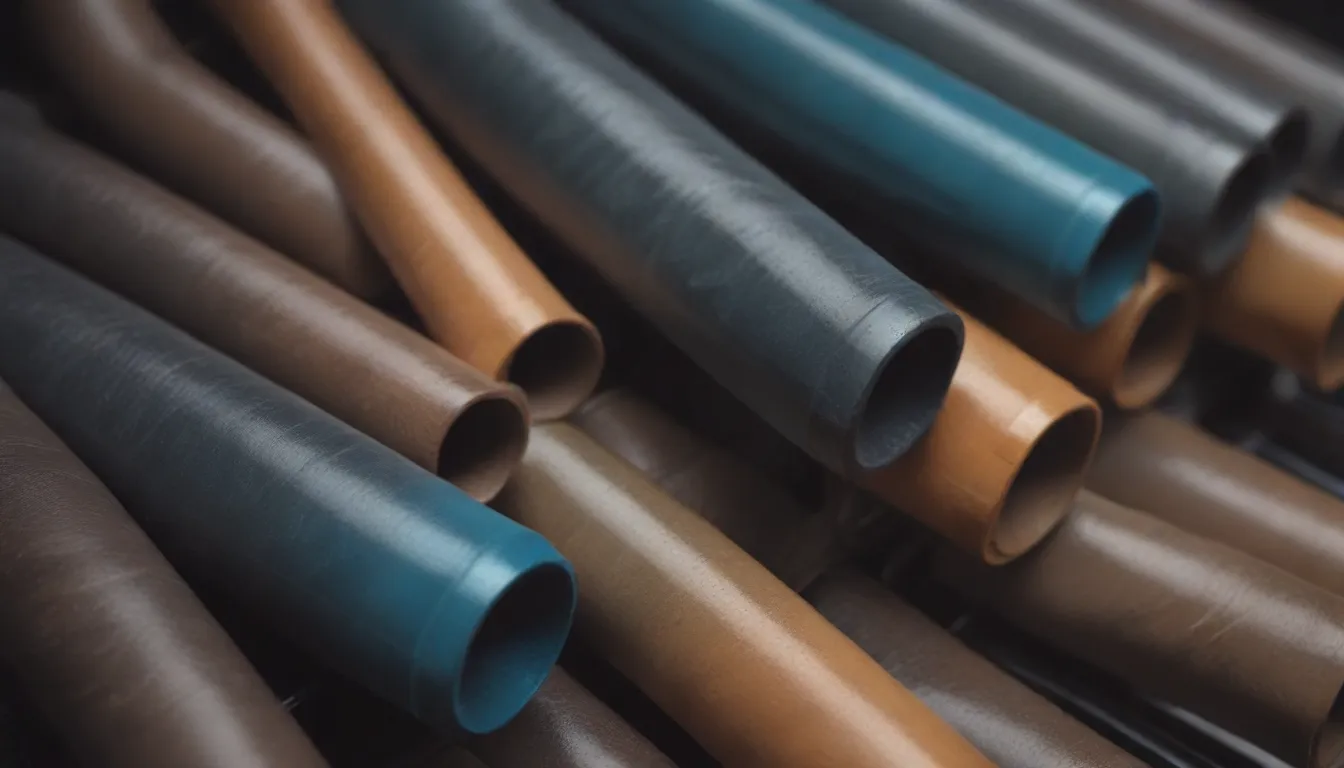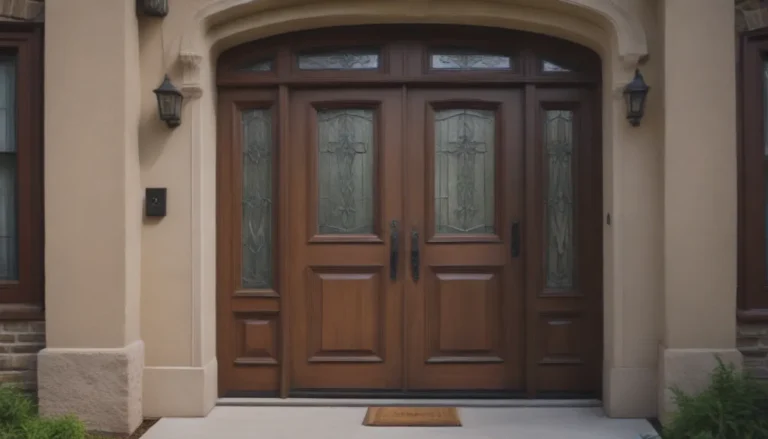The Complete Guide to Plastic Vent Pipes for High-Efficiency Condensing Furnaces

Are you in the market for a new high-efficiency condensing furnace and feeling puzzled by the different types of venting systems available? Look no further! In this comprehensive guide, we’ll break down everything you need to know about plastic vent pipes for high-efficiency condensing furnaces.
Understanding the Basics
When it comes to traditional gas-fired furnaces, metal vent pipes or chimneys are typically required to handle the hot combustion exhaust gases. However, modern high-efficiency condensing furnaces operate differently. These furnaces exhaust much cooler gases, requiring only plastic pipe materials such as SS, PVC, CPVC, or ABS for their exhaust vents.
It’s important to note that some high-efficiency furnaces also feature a plastic pipe for the intake area, while all types use a third plastic pipe to drain away the corrosive condensation that results from the combustion process. Keep in mind that every manufacturer’s installation manual will outline the specific requirements for your furnace.
Types of High-Efficiency Furnace Venting Systems
There are two main types of venting systems for high-efficiency condensing furnaces:
- Direct-vent (two-pipe) system: This system involves separate pipes for exhaust gases and intake air.
- Single-pipe system: This system combines both exhaust and intake functions into a single pipe.
It’s crucial to understand the differences between these two systems to ensure proper installation and operation of your furnace.
Why Condensing Furnaces Need a Condensate Pipe
High-efficiency condensing furnaces utilize two-stage combustion to extract as much heat energy as possible from burning gas. This process results in the production of condensate, or moisture, from the furnace’s heat exchanger. To handle this condensation, a condensate pipe is required to drain the moisture away.
Why Furnaces Use Plastic Pipe
Condensing furnaces are considered CATEGORY IV appliances, which necessitate watertight and gas-tight venting systems. Special types of plastic materials are recommended by furnace manufacturers for venting and condensate drainage in these furnaces due to the corrosive nature of the exhaust gases.
Materials such as PVC, CPVC, and ABS are commonly used for vent and condensate pipes, with each material having its own maximum heat service temperature. Failure to use the appropriate material can result in pipe failure and potential safety hazards.
Confusion Around Industry Standards
Despite the widespread use of plastic vent pipes in high-efficiency condensing furnaces, there is a lack of universal standards for these materials. This can lead to confusion among contractors and homeowners alike when it comes to selecting the right type of plastic pipe for their furnace.
While manufacturer instructions will specify acceptable piping materials, the responsibility often falls on the installing contractor to make the final decision. To ensure compliance with industry standards and regulations, it’s crucial to consult both the furnace manufacturer’s guidelines and local building codes.
Condensing Furnace Codes and Recommendations
Building codes at both the national and local level typically rely on furnace manufacturers to dictate which plastic pipes are suitable for use with their products. Despite this, it is ultimately up to the installation contractor to choose the appropriate materials for the job.
As a general recommendation, using PVC schedule 40 pipes for the air intake vent and CPVC for the exhaust flue vent is considered a safe practice. This ensures that the venting system has sufficient capacity to handle excess heat in case of a furnace malfunction, reducing the risk of pipe failure.
In conclusion, understanding the nuances of plastic vent pipes for high-efficiency condensing furnaces is crucial for ensuring the safety and efficiency of your heating system. By following manufacturer guidelines and industry best practices, you can enjoy the benefits of a well-functioning furnace for years to come.
So, next time you’re in the market for a high-efficiency condensing furnace, remember the importance of selecting the right plastic vent pipes for optimal performance. Your comfort and safety depend on it!





